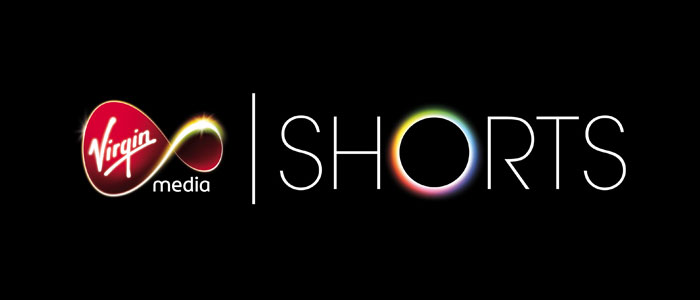1. Foam Latex - a cast-able and spongey material that can be painted, holds details well and and is fairly durable.
2. Plasticine - Anyone whose seen a 'Wallace and Gromit' film will be familiar with this one. Plasticine is a clay that never dries. It can be mixed into any colour and is a wonderfully versatile material. It can be heated to soften it, frozen to make it rock hard and also mixed with waxes and other materials to give it different properties, such as hardness, and stickiness.
3. Foam build up - This process involves ordinary foams which one might find in cushions and the like being stuck directly to the armature (skeleton) of the puppet and being shaped and carved into the correct shapes and forms of the character design. Typically these will be clothed with fabrics and textiles, almost like dolls clothes.
Now, one thing I mentioned in there was the 'Armature' of the puppet. For those that don't know, the armature is the underlying structure that holds the bulk of the puppet and also hold the puppet in the many individual positions that it will be placed into during the animating of a scene. The easiest way of thinking about it is simply to imagine your own skeleton, the armature is the puppets skeleton. Unlike a human skeleton that holds a pose with the use of external (to the skeleton) muscles attached to the bones, in a stop motion puppet the joints and hinges in the design must be solid, and tight enough to lock themselves into a position and hold it, with the weight of the puppet for an indefinite amount of time.
There are two types of armature typically used in stop motion.
ALUMINIUM WIRE:
Generally constructed from 2 or more strands of wire, twisted together, this is the cheapest of the two armature options. They can vary in their design so that you could build one from the cheapest of materials, or take it to the fullest and combine the wire with machined metal and adjustable pieces which allow head and limbs to be swapped in and out should any break during production.
OR
BALL AND SOCKET JOINTS:
Constructed from individually machined ball and socket joints, this armatures are the créme de la créme of stop motion.
Specifically manufactured for each puppet design they can be incredibly expensive, unless you have the metal work skills to build them yourself.
However, the smoothness in the joints and ability to adjust the tightness of every joint leads to a much more precise control over your puppet, and are far, far, far more durable than the wire puppets.
So! How does this all tie in to 'The Haunts', well straight off the bat I cannot afford ball and socket armatures for this project, so there's one decision made right there! In future projects I plan to build them myself but for this I don't have the time or the tools and I think they might be over kill for what I need.
My puppets will be made from a combination of plasticine and foam build up. All the character heads and hands will be made from plasticine, using replacements (I'll explain the process of replacements in a later post) for the facial animation, and the rest of the puppet will be blocked out with various densities of foam and clothed in hand made, specially tailored costumes. This approach allows me to produce subtleties in facial animation whilst keep the body of the puppet controllable and simple, with very little that can move without my say so (one of the draw backs of using plasticine is that it can deteriate quickly, get dirty and mush into undesired shapes incredibly easily, but this can wait for a later post too).
Take a look at my plans for the 'Clara' puppet:
Being the first time I've built a puppet on this kind of quality scale, I needed a simple way of mapping out my thoughts so that I could see them all together and judge whether they will work. I'm pretty confident in the plans for this puppet and I can't wait to start fabricating her.
One of the key features of the design here is the lack of any leg armature... This is because she has a long flowing dress which would make animating her legs underneath it impossible. My solution is to build a stand on which she will sit at her neutral and natural height, then I will use a rig to raise her up and down to simulate the bob of her walking. I think I can get away with this approach because she is a slow moving, graceful character and just the suggestion of her walking should be enough to sell it.
Well, I think I'll leave it there for today. I have so much more to say but we'll leave it for episode two! :)
Come back in the next few days to see how progress goes on building this beauty.
Thanks for looking!
Josh.



















